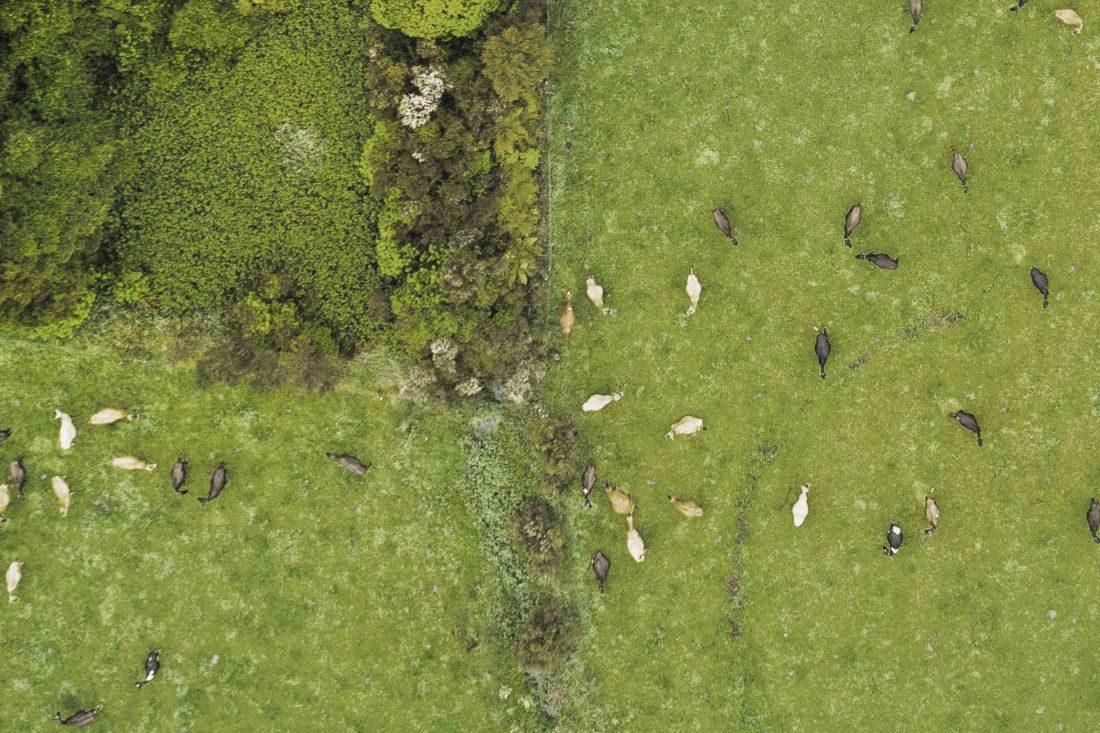The Farm Insights Report turns data from your Farm Dairy Records and other sources, into key insights about your farm.
Often farmers will wait until they have several lame cows before addressing them. While this might seem easier in the short-term, it can have long-lasting effects on animal welfare and production.
“The longer a lameness case goes on for, the harder it is to recover. The more permanent damage has been done, the more likely it is for that cow to have a slow recovery and to get lame again in the future,” says Fonterra Veterinary Programme Manager Mike Shallcrass.
“Many farms don’t have practical facilities to examine all four feet. You can often access two of them well, but not the other two. Without a proper hoof crush it can be a challenge to treat all parts of the hoof, and this can reduce farmer enthusiasm for the job. It’s tempting to wait until there are several cows to examine, but that increases the impacts of the disease and reduces the chance your treatment will be successful.”
The top cause: Previous lameness
EpiVets Epidemiologist and Director Winston Mason recently presented at a webinar on lameness and told attendees the biggest predisposing actor to lameness is a previous incidence.
“We now have some really strong data that shows that once a cow becomes lame she’s at much greater risk of becoming lame than a non-lame animal. This is because lameness results in changes within the inside of the hoof, particularly when we’re talking about sole bruising and white line disease. CT images show an increase in bone growth in the hooves of cows that have repeat incidence of lameness. Once there is bony change in an animal, we can’t fix it, so she becomes more likely to become lame in the future. Prompt treatment is the best prevention for future lameness.”
Some other factors predisposing cows to lameness
- Standing for too long on concrete
- Calving – the softening of ligaments around this time includes in the foot
- Soft hooves
- Environment (wet weather, long periods on concrete, walking long distances, pushing on races, poorly maintained facilities)
- Genetics (and how the hooves have formed)
- Biosecurity – digital dermatitis is now affecting herds in New Zealand
- Lower body condition scores – the fat pad in the hoof that cushions impact shrinks as cows lose body condition
- Hoof changes or damage caused by twisting, turning feet
- Clinical acidosis.
Watch outs
The main types of lameness in New Zealand are: White line disease, sole bruising, hoof wall crack, footrot and digital dermatitis.
- White line disease is mostly seen in the back foot outer claw in mixed aged cows and the front foot inner claw in heifers. The white line is a weak point in the hoof, which is easily injured. Stones and bacteria can enter the area causing pain and infection.
- Sole bruising is common among heifers and can be found in all parts of the claws. It’s generally caused in changes in the hoof at calving and thin soles.
- Sole abscesses are common in the toes of heifers and inner claw of rear feet in cows, and can lead to pockets of pus in cracks in the sole.
- Sole ulcers can be very painful and are generally caused by long periods standing on concrete.
- Hoof wall cracks appear as a vertical crack on the inner wall of the claw and can appear on both front and back feet.
- Footrot is a very painful condition that occurs when the skin between the claws is broken by a stone (especially in moist or wet conditions), and bacteria enters the soft tissue causing infection.
- Digital dermatitis appears as a red or grey lesion on the skin above the hoof. This is a contagious condition. Internationally it is often referred to as ‘hairy wart’ or ‘strawberry disease’.
Treatment options
Farm Source stocks numerous treatment options and tools for lameness. After promptly identifying lameness within your herd, your vet or hoof trimmer should be your first port of call to ensure correct treatment and to discuss prevention.
Prevention is paramount
Farms can minimise the risk of lameness among herds by minimising time cows spend on concrete and employing good stockmanship among staff. Allow cows to move slowly at their own pace (around 3km/hr). Ensure farm tracks and spaces are well designed and maintained with effective drainage.
Useful guides
DairyNZ has a series of useful guides and videos for farmers to learn more about identifying, preventing and managing lameness.
Find out more here: dairynz.co.nz/animal/lameness
Watch the 'Lameness – Treatment is the best prevention' webinar
Visit your local Farm Source store to find out more tips on lameness prevention and treatment.
